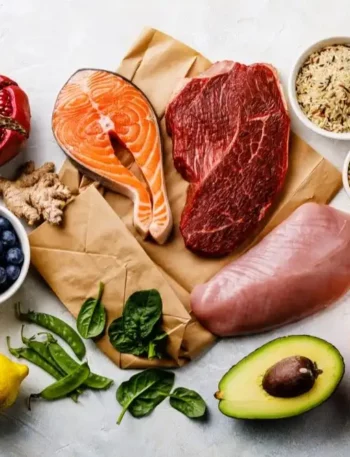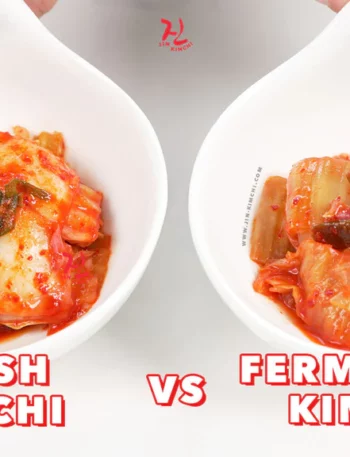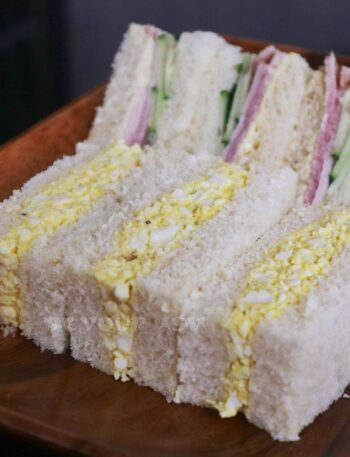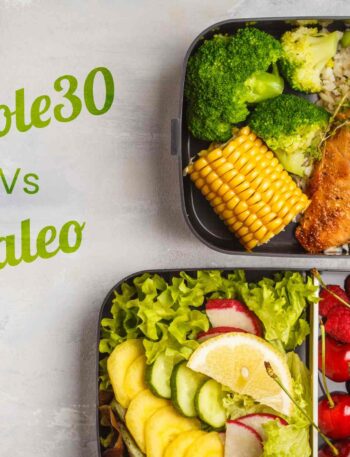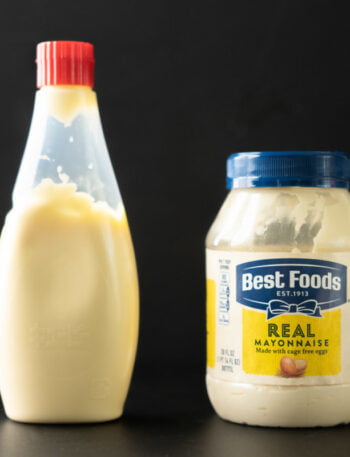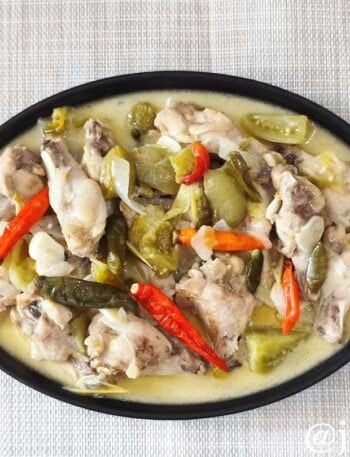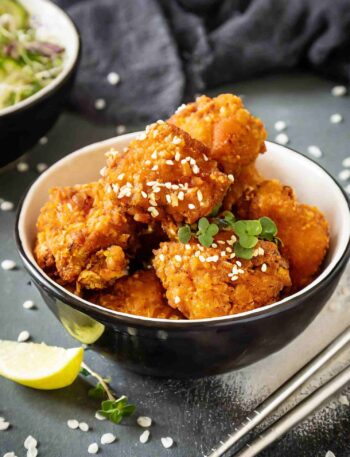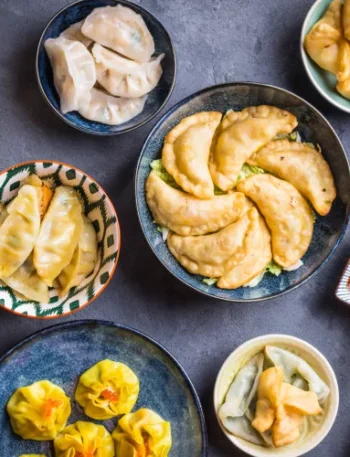You’ve just crushed your workout—sweat dripping, muscles burning, and adrenaline pumping. But what you do after your workout is just as crucial as the effort you put into it. Enter the post-workout meal, the unsung hero of recovery and performance.
The right combination of nutrients can help you refuel, rebuild, and rehydrate, ensuring that you’re ready to tackle your next session.
In this article, we’ll break down everything you need to know about building the perfect post-workout meal. From essential nutrients to timing and practical meal ideas, you’ll have all the tools to optimize your recovery.
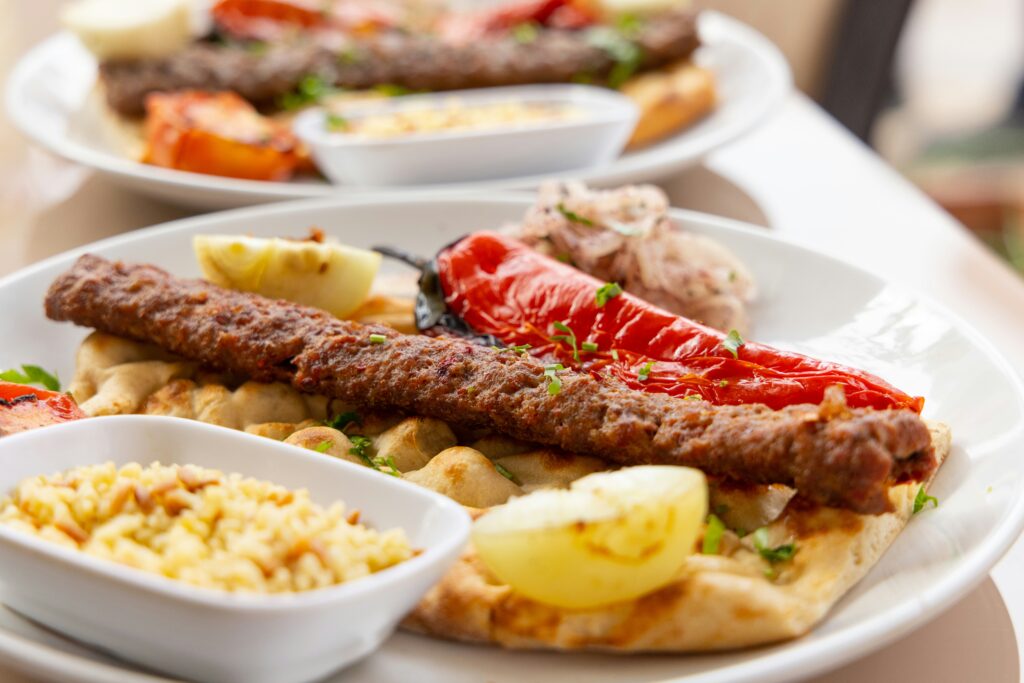
Why Post-Workout Nutrition Matters?
When you exercise, your body undergoes several changes that require proper nutrition to recover effectively:
- Energy Depletion
- During exercise, your body uses glycogen (stored carbohydrates) as its primary energy source. Post-workout nutrition helps replenish these stores, preparing your body for the next workout.
- Muscle Repair
- Exercise, especially resistance training, causes microscopic tears in your muscle fibers. Consuming protein post-workout provides the amino acids needed to repair and rebuild these fibers.
- Hydration and Electrolytes
- Sweating leads to the loss of fluids and electrolytes like sodium and potassium. Rehydration is essential to restore balance and support recovery.
- The Anabolic Window
- While the “anabolic window”—a short period post-exercise for optimal nutrient absorption—is somewhat debated, eating within 30-90 minutes after a workout is generally beneficial for recovery.
Essential Components of a Post-Workout Meal
- Proteins
- Why: Protein is essential for muscle repair and growth. After a workout, your muscles are primed to absorb amino acids and start the recovery process.
- How Much: Aim for 20-30 grams of protein.
- Examples: Chicken breast, eggs, Greek yogurt, tofu, protein shakes.
- Carbohydrates
- Why: Carbs replenish glycogen stores, providing the energy your body needs for recovery.
- How Much: For intense workouts, aim for a 3:1 or 4:1 carb-to-protein ratio.
- Examples: Sweet potatoes, quinoa, rice, fruits like bananas or berries.
- Fats
- Why: Healthy fats provide sustained energy and support hormonal balance.
- How Much: Keep fat intake moderate to avoid slowing down digestion.
- Examples: Avocado, nuts, seeds, olive oil.
- Hydration
- Why: Rehydration is critical to replace fluids and electrolytes lost through sweat.
- How: Drink water or consider electrolyte-rich options like coconut water or sports drinks.
Timing: When to Eat After a Workout
While timing isn’t everything, eating sooner rather than later helps maximize recovery:
- Within 30 Minutes: Ideal for a quick snack if you’re on the go. Examples: protein shake with a banana, or a handful of nuts with dried fruit.
- Within 2 Hours: Eat a balanced meal that includes protein, carbs, and fats. Examples: grilled chicken with quinoa and roasted veggies, or a salmon poke bowl.
Step-by-Step Guide to Building a Post-Workout Meal
- Start with Protein
- Choose a high-quality source of protein. If you’re plant-based, options like lentils, tempeh, or pea protein powder work well.
- Add Carbs
- Include a mix of simple and complex carbohydrates for immediate and sustained energy. For example, pair white rice (fast-digesting) with roasted sweet potatoes (slow-digesting).
- Incorporate Healthy Fats
- Add fats in moderation to support overall recovery. A drizzle of olive oil or a small handful of almonds can go a long way.
- Boost with Micronutrients
- Add vegetables or fruits to supply vitamins, minerals, and antioxidants that combat inflammation. Think spinach, bell peppers, or blueberries.
Meal Ideas for Different Workout Goals
- For Muscle Gain
- Meal: Grilled chicken breast, sweet potatoes, and steamed broccoli with olive oil.
- Snack: Protein smoothie with whey protein, almond butter, and a banana.
- For Weight Loss
- Meal: Egg white scramble with spinach, avocado slices, and a side of berries.
- Snack: Greek yogurt with chia seeds and a sprinkle of cinnamon.
- For Endurance Athletes
- Meal: Salmon poke bowl with brown rice, edamame, and avocado.
- Snack: Whole-grain toast with almond butter and a sliced apple.
Common Mistakes to Avoid
- Skipping Post-Workout Nutrition
- Missing this meal can delay recovery and hinder your progress.
- Overloading on Protein or Carbs
- Balance is key; too much of one macronutrient can lead to unnecessary calorie intake.
- Neglecting Hydration
- Don’t forget to drink enough water and consider electrolyte replenishment if you’ve had a long or intense workout.
Crafting the perfect post-workout meal is both an art and a science. By focusing on the essential components—protein, carbs, fats, and hydration—and tailoring your meal to your fitness goals, you can optimize recovery and performance.
Remember, consistency is key. Experiment with different foods and recipes to find what works best for you. Your body will thank you!


